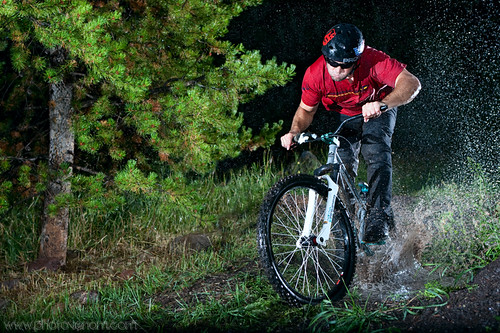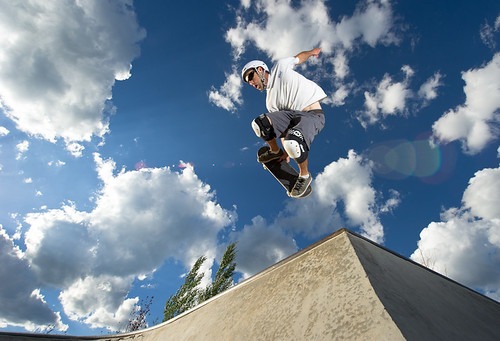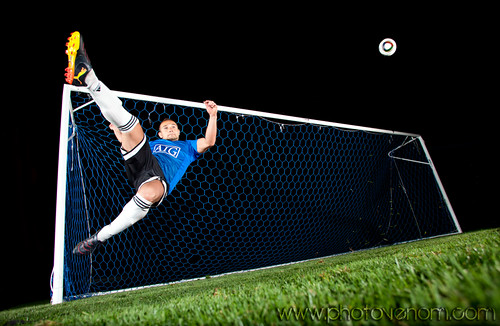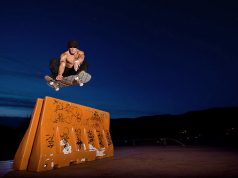Off-camera flash is a topic so large that there are entire sites dedicated to the topic exclusively. It’s also one of the best things you could do to make your photography stand out from the pack. Take one good shot with the flash off-camera and you may never want to put it back on again.
There are a few options for using the flash off-camera. The first, and simplest, is to purchase a TTL sync cord that connects your flash to the camera and triggers it. This method is great if you are close to your subject, because you can get the flash off to the side of them/it for three dimensional light.
However, if you are using a TTL based flash (check the manual, it’s not just a coaster for your drink), and the correct camera, you can trigger your flash off-camera wirelessly using infrared. Nikon and Canon flashes come with this feature built in and it works very well. Some cameras won’t be able to trigger the off-camera unit by using the built-in flash. If this is the case then you’ll need to purchase a second flash unit or infrared signal sender like the Nikon SU-800 to enable triggering. It may be expensive but the results will make your photography a thousand times better and give you a bit of range to move the flash within.
To trigger the flash using TTL infrared, simply switch your camera menu, (or on-camera flash) to the “master” mode and choose the exposure settings for the remote flash. Then, go into the remote flashes menu and make sure to place it in “remote” mode. Make sure the infrared signal receiver is in line of sight with the on-camera flash or it won’t work. That’s it! You now have a remote flash that can be controlled from the camera.
The other method for wireless triggering involves radios and is the most reliable since it does not require line of sight. There are several options now for radios, but the products we like best are made by PocketWizard. These units cost a little bit more, but enable you to control your flashes via TTL mode and makes shooting wirelessly easy! Most other radio units simply trigger the flash and it must be set in manual mode which can be quite tricky. Radios simply attach directly to the camera and flash and are operational in seconds.
As you can see there are a lot of options available for flash triggering. We recommend learning more from www.strobist.com to really get all the basics.
Next Guide Article: Flash Sync Speed Explained









